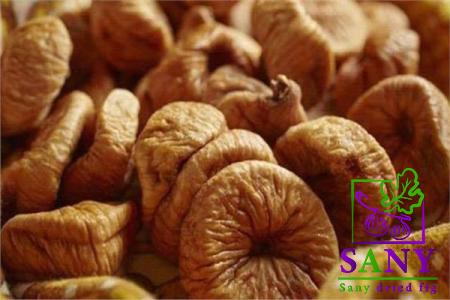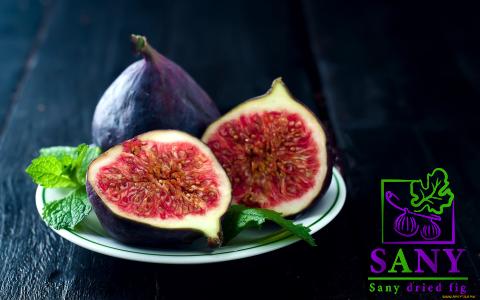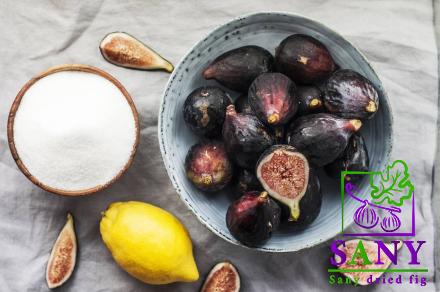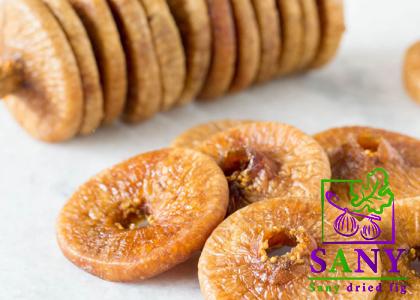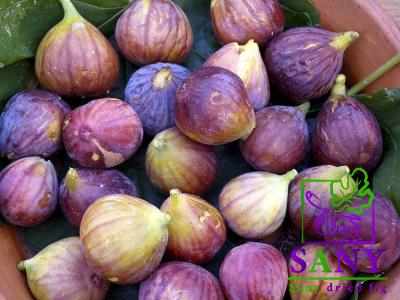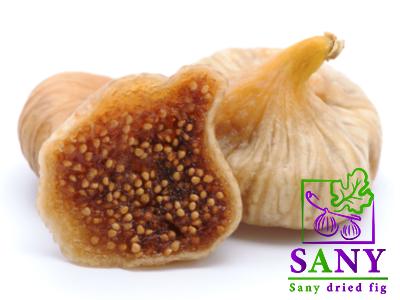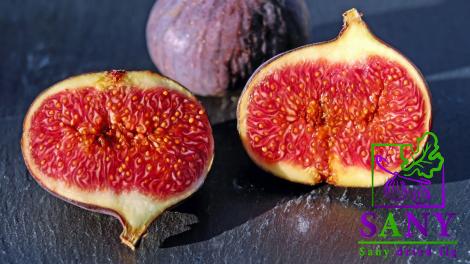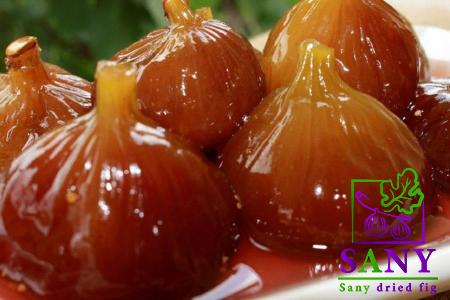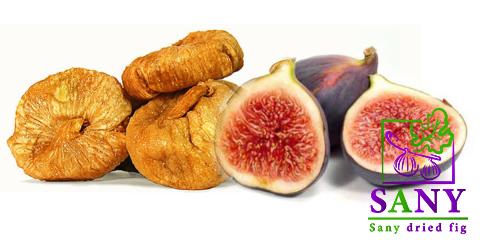South African organic fig Purchase Price + Sales In Trade And Export
South Africa has 222 hectares of land where figs are grown for sale
The warm, dry summers of the dry Klein Karoo region are best for figs to ripen, but figs are grown in many places in South Africa
These include the Swartland area (Porterville, Riebeeck Valley, Malmesbury, and Hermon), Paarl, Worcester, Napier in the Overberg, and the Klein Karoo (Kammanassie area near Oudtshoorn and Prince Albert)
Green figs, also called breba figs, are grown in the town of Bonnievale and used to make preserves
There are also some plants in the North-West Province near Rustenburg, Brits, and Magaliesberg
In Prince Albert, the fig varieties “White Genoa” and “Adam” are dried with care
In South Africa, the fig season starts in November or December when breba figs are picked
Breba figs are figs that grow on the shoots from the previous season
These early figs come from the “Adam,” “White Genoa,” and “Dauphine” varieties
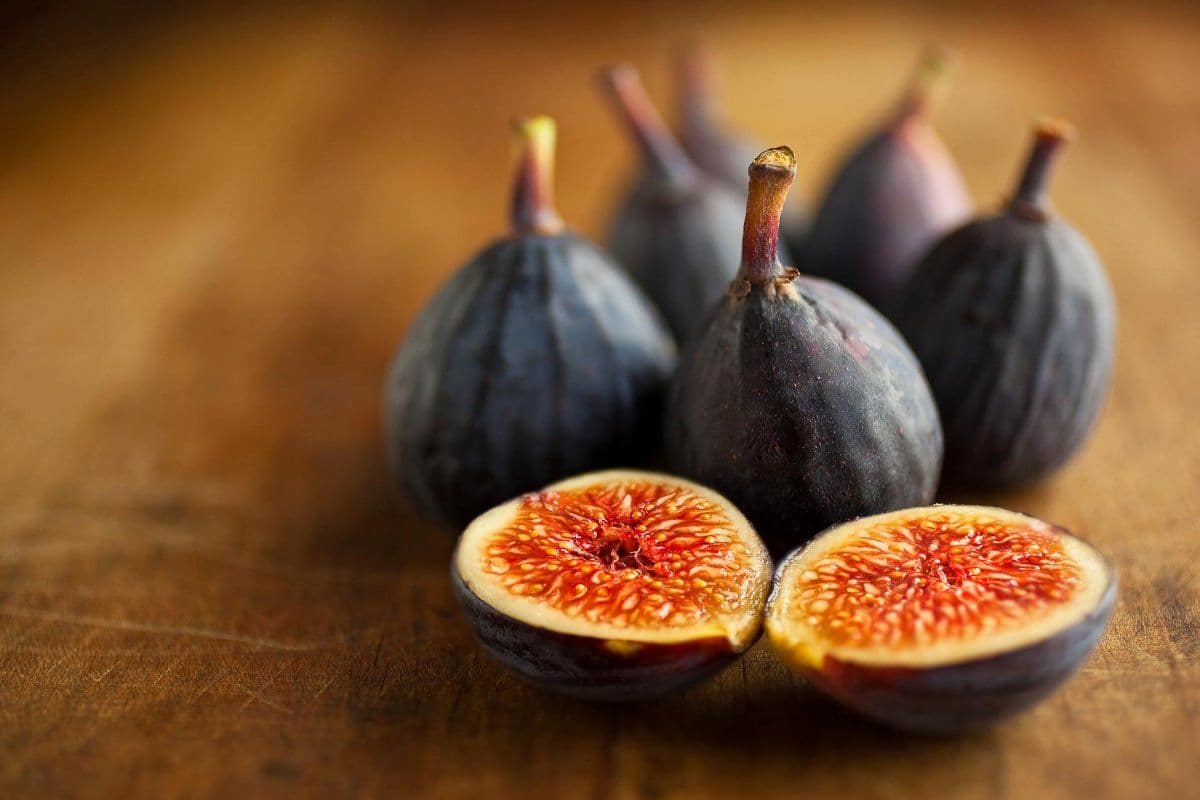
The main fig harvest starts in January with the small Ronde de Bordeaux and goes through March
From mid-January to February, the Tangier is picked
The last show of the season is Parisian, which also starts in the middle of January and ends in April
The Department of Agriculture, Forestry, and Fisheries (DAFF) say that South Africa will make about 2,000 tonnes of fresh figs each year from 2013/2014 to 2017/2018
About 10% of this is sold fresh in South African markets, and another 12%–13% is turned into something else
Hortgro says that South Africa sent 380 tons of figs to other countries during the 2017/18 season
This is about 0
12% of the world’s figs
The UK, Hong Kong, and the Netherlands are the main places where South African figs are sold
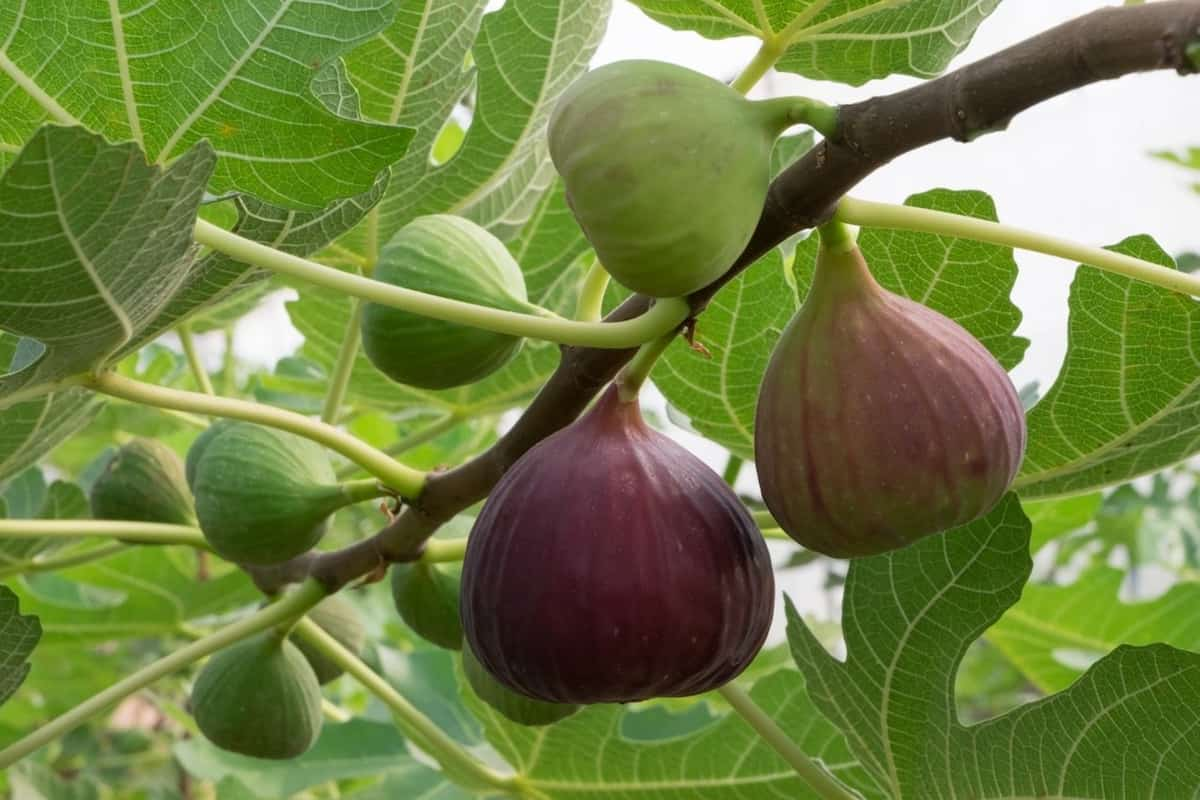
Fresh figs for sale
On a farm near Prince Albert, Adam’s figs are dried in the sun
They are one of the oldest kinds of figs in South Africa
The “eating fig” is a popular fruit that can be eaten fresh, dried, or used to make jams, chutneys, and sweets
It is made in more than 50 countries around the world, and it grows well in areas of South Africa that are warm, and dry, but not too hot
Dark-colored figs have become very popular recently
Cooling technology has helped to make fresh figs last longer, and the fact that South African figs can be shipped by air has made them a consistent export product from November/December to April/May
Baby figs from South Africa of the variety Evita (Great Parisian) are becoming more popular in a niche market
Figs may have come from Western Asia and have been around since 5000 B
C
They were brought to the UK, China, and Europe in the 1500s by people who traveled a lot
In South Africa, they were grown on farms and in gardens in the 1800s, but it wasn’t until the beginning of the 1900s that they were grown for money
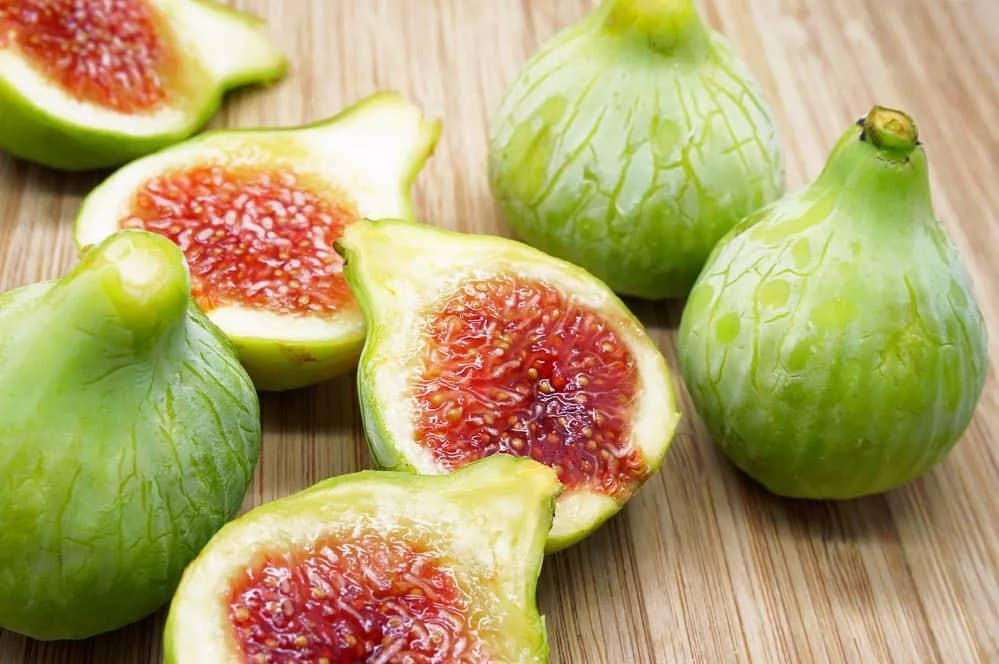
In the 1910s, Piet Cilliers brought plants from California to his farm in Wellington, Western Cape
He then planted the first commercial fig orchard there
At first, drying figs and making fig jam were the main parts of the fig industry
The industry grew with the commercial production of jam and the processing of green figs (breba figs)
South Africa didn’t start making fresh figs for eating until the early 2000s
At that time, they were sent to supermarkets in the UK and Europe
More than 50 countries around the world grow more than 1 million tons of figs
Turkey and Iran grow most of the world’s figs
Together, they grow more than 40 percent of the world’s figs
Their main type of plant is “Black Bursa,” a large fig with black skin that keeps well for a long time
Turkey and Iran also grow most of the world’s dried figs
Egypt, Algeria, Tunisia, and Morocco, all in Africa, as well as Syria, also grow figs
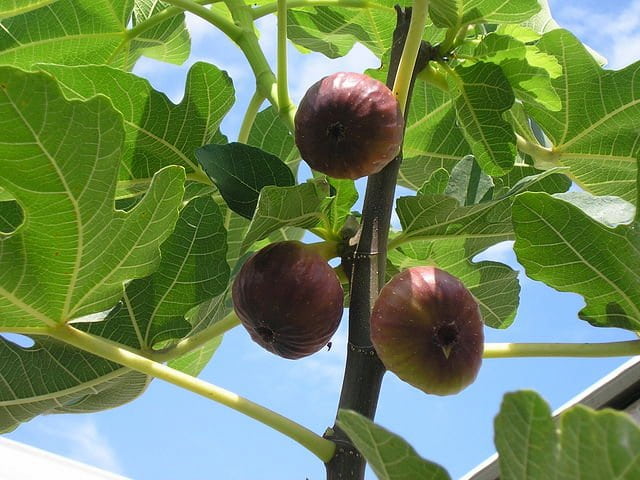
Fresh figs for sale near me
Figs prefer warm, dry summers and mild winters like the Mediterranean
When selecting figs in the summer, the weather must be warm and dry to prevent cracking
Fig trees are normally planted south to north so both sides of the tree can ripen at once
Figs can thrive in sandy soil, but they’re bigger in rich soil
It grows in many soils but favors a pH of 6 to 6
Shallow, spread-out roots make fig trees subject to weeds
Nematodes and stem-borers are fig pests
Soil tests may suggest trees lack nitrogen
Regular light watering is preferable to thorough watering once a week
South Africa’s winter is June-September
When fig trees are pruned, they are kept “open” for sunshine and low so fruit may be gathered by hand
Pruning should be adjusted for “White Genoa” and other early fig varieties
About a month before the main harvest, Breba figs develop on last year’s shoots
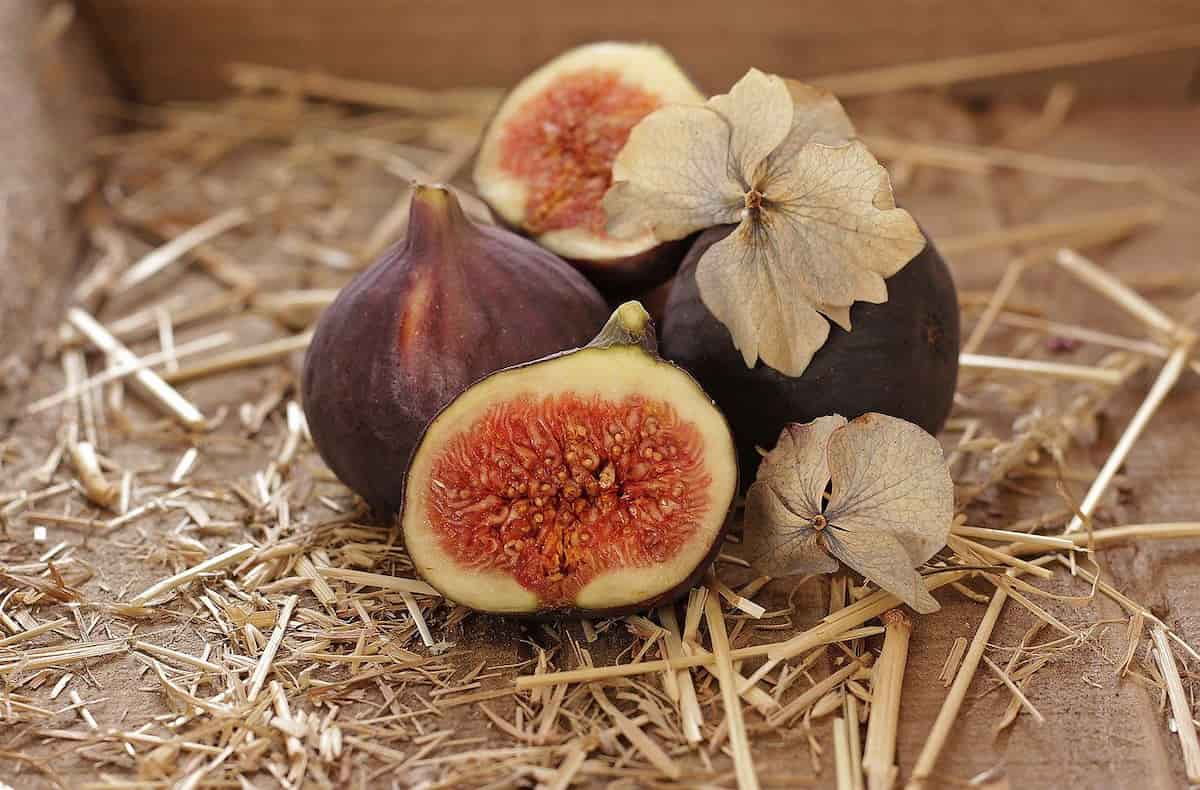
The main fig crop develops on current-season shoots
Figs ripen quickly and are plucked daily for a few months
Figs can be collected from November to May, depending on type and location
Figs are plucked early to avoid harm from the heat
Fig stalks remain on the tree after the fruit falls off
Pick fruit a few days before its top when it’s around 70% ripe
Pick ripe figs early to reduce bird damage
Figs are climacteric, thus they ripen en route to the buyer
Picking figs is hard, and you must be careful not to injure them
People who gather figs wear gloves, sleeves, and occasionally scarves to avoid the acidic “milk” of the fig tree
After being gathered, figs are selected by size and quality before being packed
Figs for export can be packed in 160-gram plastic punnets or, for petite Ronde de Bordeaux figs, tubs
Large figs are packed in paper trays in flat boxes

Figary figs
The Figary Dried Figs are a nutritious snack that is made of dried fig slices that are cut from figs that are picked when they are at their ripest before being sliced, dried, and packaged
These figs are manufactured from figs that are cut from figs that are picked when they are at their ripest
Everything is carried out manually
The dried figs produced in Iran are a well-known and significant agricultural export in the country
There are numerous variants distinguishable from one another by their outward appearance and how they are packaged
They all begin their lives as the same Sun Dry Figs; but, before the fruit is packaged, the employees give it a variety of shapes
This occurs at the very end of the process
Sun-dried figs are most often produced and sold in Turkey and Iran, which are also the two most populous countries in the world
Turkey and Iran are responsible for producing between 60 and 70 percent of the world’s dried figs and are responsible for exporting 75 percent of the world’s dried figs
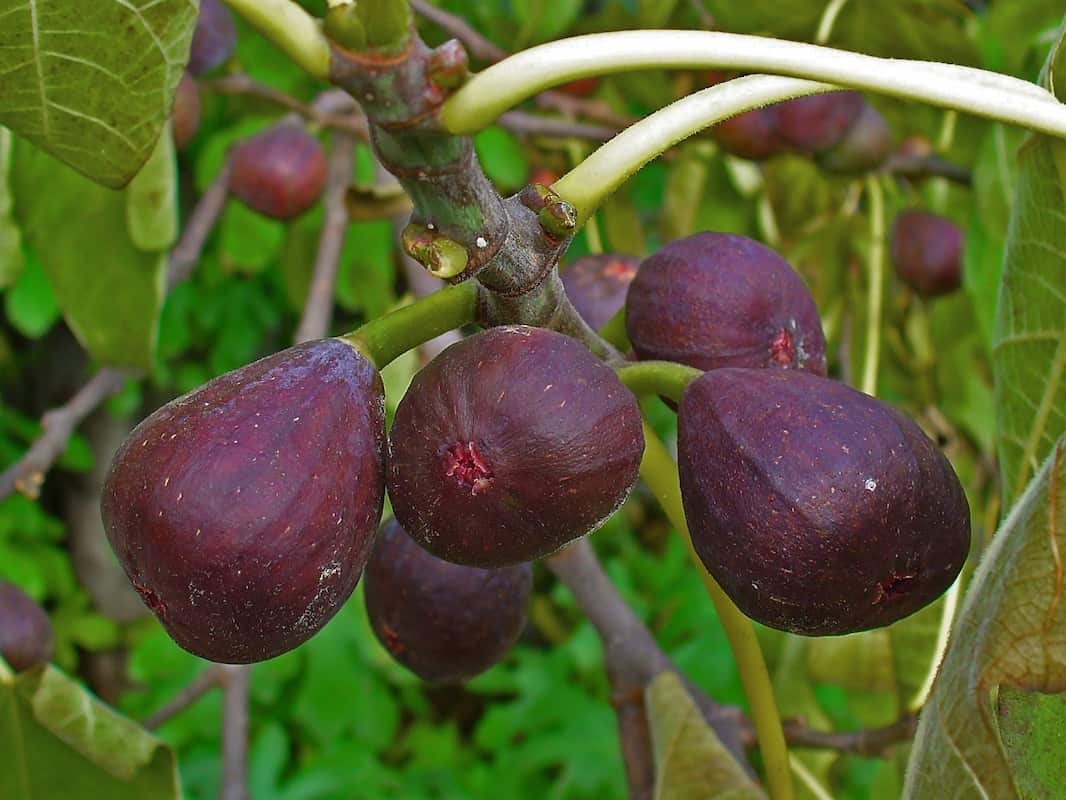
The Aydin region of Turkey and the Estahban region of Iran are responsible for the production of the vast majority of the world’s figs
The climate in these regions causes the figs to have thin skins and a high honey content, distinguishing characteristics that set them apart from other types
Dried figs are placed in boxes before being transported through the packaging line
After that, the employees placed them inside the circular container that is frequently found in supermarkets
After being packaged, they are then placed in boxes and shrink-wrapped before being shipped
Dried figs are put through a machine that pulverizes them into a paste as part of the processing step
A metal detector is also included in this apparatus
The quantity of each variety of figs that goes into the paste is determined by the customer’s order
For instance, for the paste to be suitable for use in the preparation of fig bars, it must contain a specific quantity of both dark and light figs in the appropriate proportions
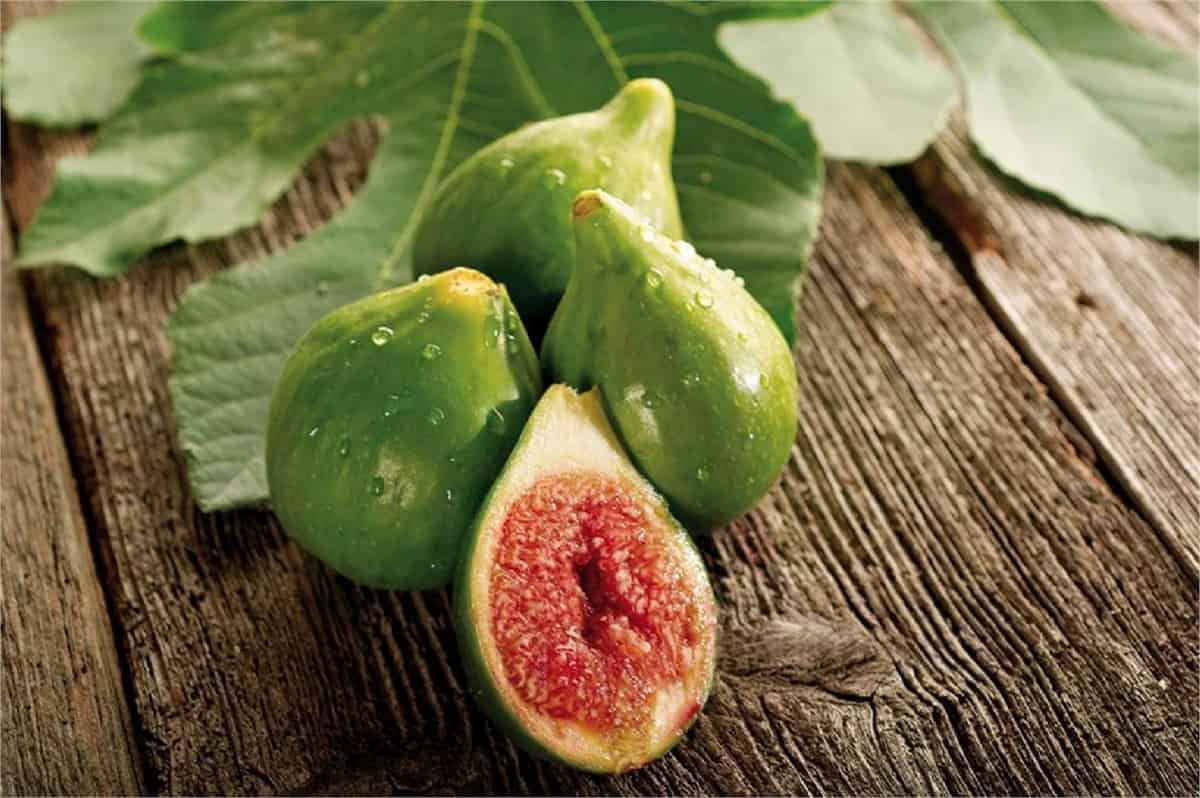
Figs for sale South Africa
South African figs are luscious fruits with papery skins that range in color from green to purple
Figs can be found in a variety of colors
Depending on the species, the color of the flesh can range from bright red to nearly white
Figs can be either round or flat, but regardless of their shape, the circumference of their body is almost always bigger than their height
The fig tree is a little plant that has the potential to grow to a height of ten meters
It can grow to a height of up to 10 meters, has large, robust, deciduous leaves that are strongly lobed, and has broad leaf margins
If the leaves or the stem are damaged, the plant will release a white latex
The mature syconium of a fig fruit is made up of several droplets, each of which only has a single seed
Fig fruits are made up of this mature syconium
The fruit can be up to five centimeters in length and has a green skin that, when it is ripe, can change color to either brown or purple
Its length ranges from three to five centimeters
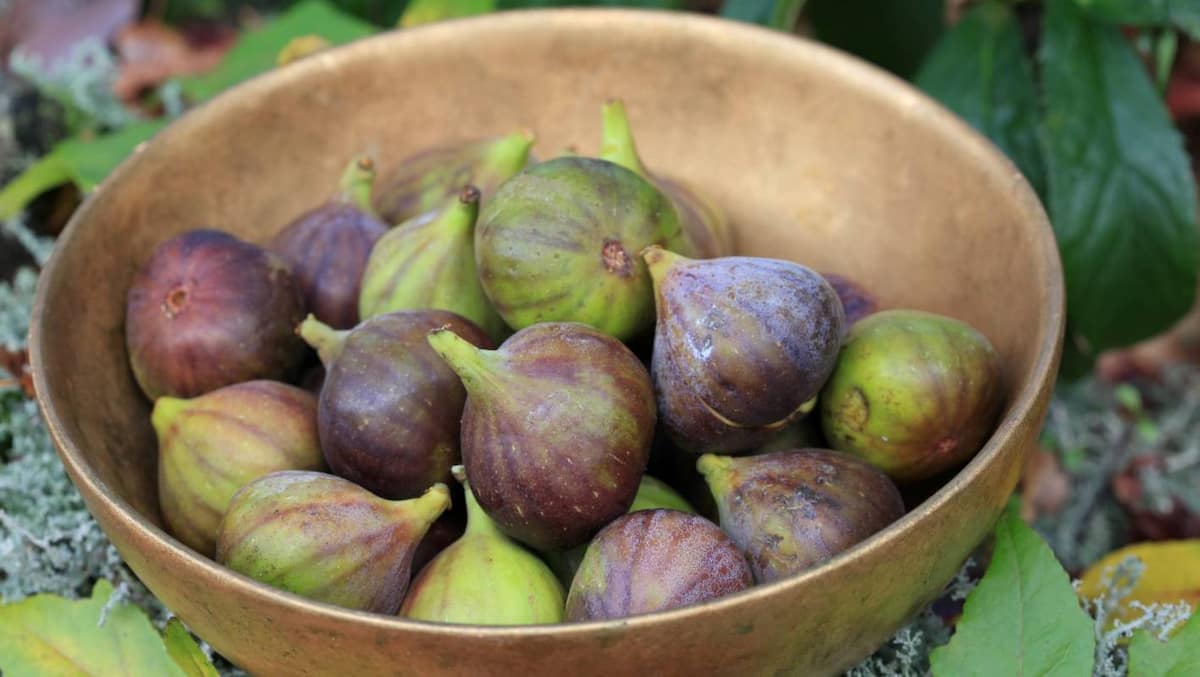
A lot of individuals use fig fruit as a treatment for constipation since it helps move things along
Patients who suffer from diabetes, high cholesterol, and several skin problems like eczema, psoriasis, and vitiligo may benefit from using fig leaf since studies have shown that it is effective for these conditions
Some individuals find that applying the milky sap or the latex that is produced by the tree straight to their skin is effective in treating skin cancers and warts
Figs have been around since about 5000 BC, and it’s conceivable that western Asia is where they originated from
In the year 1900, they were brought to South Africa by travelers; however, even though they were subsequently planted on farms and in gardens there, commercial production did not start until the early 1900s
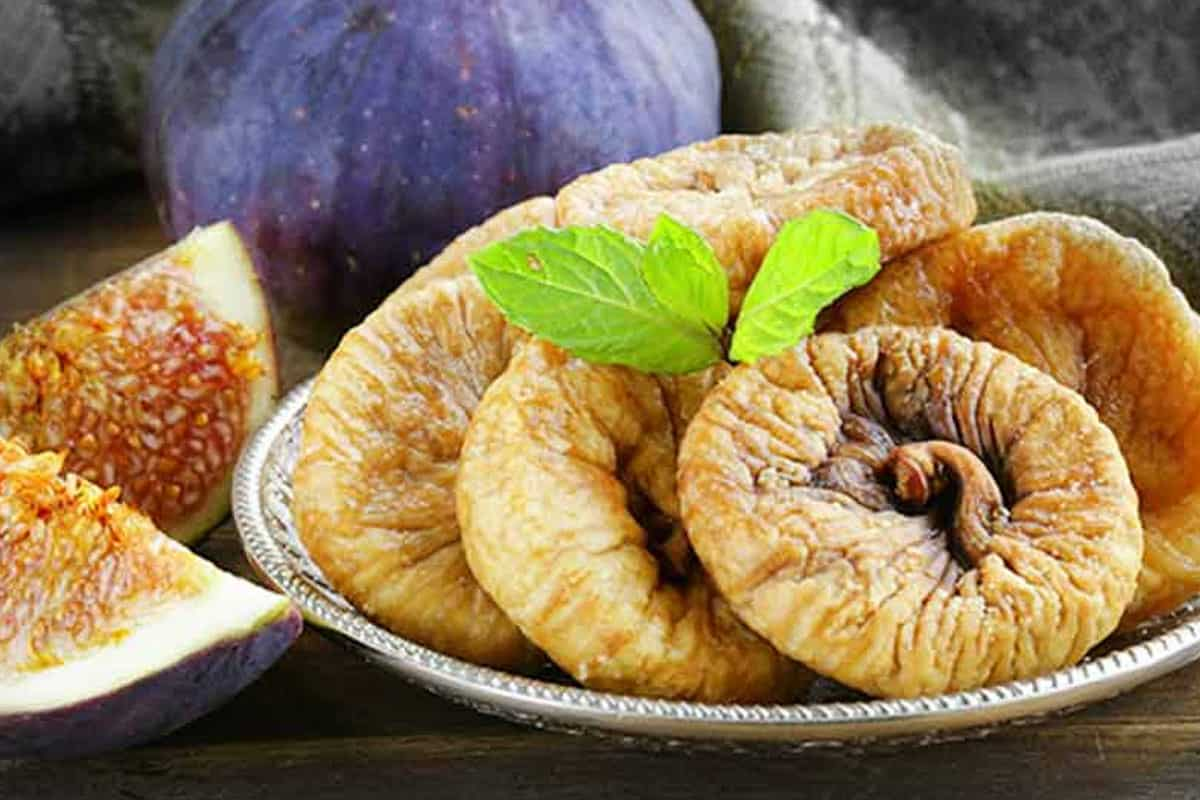
Organic dried fruit South Africa
Dried fruits are a popular snack food around the world, and many people also incorporate them into their regular routines as a way to enhance the quality of their life
Today, we are going to discuss several sorts of figs that the people who live in South Africa can incorporate into their routines to make their lives easier
The Parisian type is the one that is most commonly planted in South Africa
The fig has a pleasant flavor and keeps well, although the leaves in South Africa have a tendency to be abrasive, which causes scars on the majority of the fruit
It has a large number of young
Some farms cultivate this variety in the region surrounding the towns of Hermon, Worcester, and Portville
The Ronde de Bordeaux fig is a miniature variety that weighs only 15 grams and is sold in a specialized market
It has a flavor that is of its own, and it keeps well without deteriorating over time
The first fig of the season to be available in three weeks is this particular specimen
Parisian
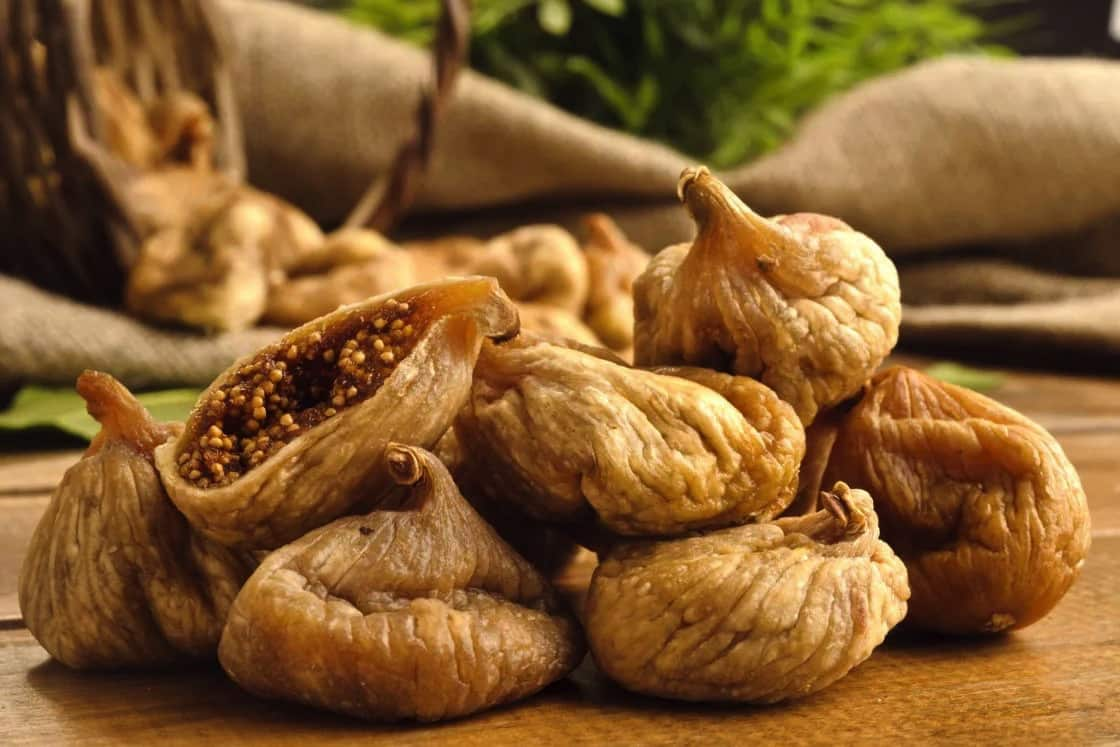
Adam is a two-crop type that is typically grown in backyards around the country
It may be found in many different states
A fig that is quite huge and has a yellow-brown skin and amber-red pulp inside
Purple coloration can be seen in the flesh that lies between the skin and the pulp
Because it is difficult to move, exporting it is difficult as well
The Tangier’s variety of figs needs to be dried out before consumption
It produces figs that are, on average, quite large, have a wonderful flavor and keep for an exceptionally long time
It differs from the Parisian fig in that it has large, tender leaves and is excellent for drying
The majority of it is produced in the regions of Prince Albert, Piketberg, and Hermon
